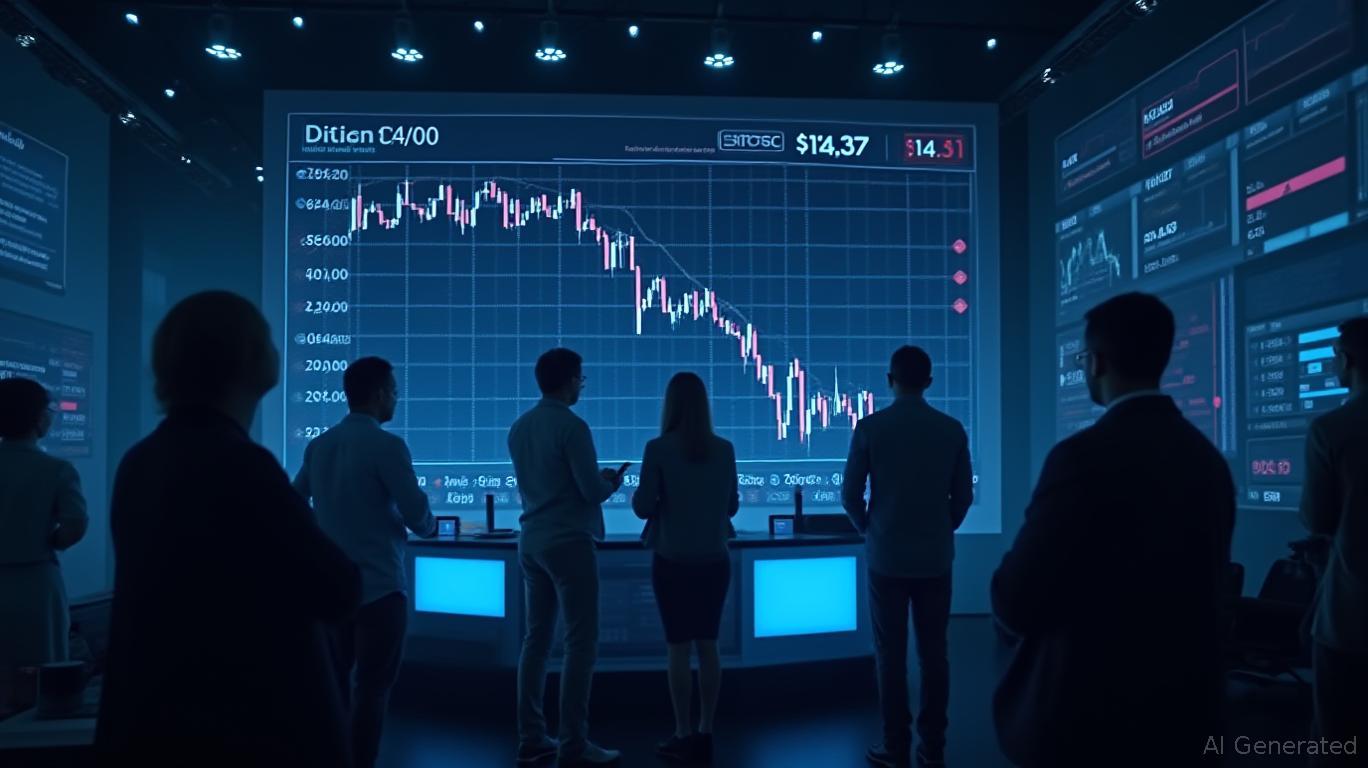Keros Therapeutics: Balancing Activism, Capital Returns, and Pipeline Potential
The biopharmaceutical sector is no stranger to shareholder activism, but few companies have faced the intensity of Keros Therapeutics' recent governance battles. Over the past year, the company has been at the center of a high-stakes clash between activist investors demanding immediate liquidity and management's push to retain capital for strategic growth. This tension, rooted in the termination of its lead drug candidate and a robust cash position, has reshaped Keros' trajectory—and its investment appeal.
The Catalyst: Strategic Review Amid Pipeline Setbacks
In early 2025, Keros' Phase 2 trial for cibotercept (KER-012) in pulmonary arterial hypertension (PAH) was abruptly halted due to safety concerns (pericardial effusion). This failure, combined with a $375 million cash windfall from its Takeda partnership (a $200 million upfront payment for licensing elritercept, KER-050), created a pivotal moment. Shareholders, including activist firm ADAR1 Capital Management, demanded an immediate liquidation of the company. ADAR1 argued that Keros' remaining pipeline—KER-065 for Duchenne muscular dystrophy (DMD) and the Takeda asset—lacked sufficient value to justify continued R&D spending.
The Board, however, opted for a structured strategic review. By June 2025, it announced plans to return $375 million to shareholders while retaining funds for KER-065's Phase 2 trial (expected to begin in early 2026). This compromise aimed to address investor concerns while preserving the company's most promising therapeutic candidate.

The Activism Battle: ADAR1's Failed Proxy Challenge
ADAR1's activism reached its peak in the June 2025 Annual Meeting, where it urged shareholders to vote against three independent board nominees: Mary Ann Gray, Ph.D. (biotech executive), Ran Nussbaum (M&A expert), and Alpna Seth, Ph.D. (drug development specialist). The firm argued that these directors lacked independence and expertise, claiming their ties to management prioritized long-term bets over shareholder returns.
Keros countered that its board's 44% investor-representative composition (versus industry averages of 13–17%) ensured balanced governance. The board emphasized its experience in navigating biotech M&A and capital allocation, citing the Takeda deal as proof of strategic acumen. Shareholders ultimately rejected ADAR1's proxy bid, voting FOR the nominees by a margin of 60% to 40%. This outcome underscored the market's confidence in Keros' leadership to execute its dual strategy of returning capital while advancing KER-065.
The Financial Reality: Cash Abundance vs. Pipeline Uncertainty
Keros' $720.5 million cash position (as of March 2025) provided ample flexibility. Analysts at Guggenheim noted that the company's liquidity could fund operations through 2029, even if it halted all R&D spending. Yet, the board's decision to retain $345 million for KER-065's development highlights the perceived upside of this asset.
KER-065's promise lies in its potential to address unmet needs in DMD, a rare disease with a small but lucrative market. Positive Phase 1 data and ongoing discussions with regulators bolster its credibility. However, risks remain: DMD trial failures are common, and KER-065's mechanism (targeting mRNA decay) is unproven in late-stage studies.
The Investment Crossroads: Value or Volatility?
Investors face a dilemma. On one hand, Keros' shares have plummeted 70% since late 2024, creating a potential buying opportunity for those who believe in KER-065's prospects. The $375 million capital return—structured as dividends or buybacks—could stabilize the stock.
On the other hand, governance risks linger. While ADAR1's proxy bid failed, the company's focus on KER-065 may not satisfy all shareholders. The Takeda partnership, while lucrative, carries its own risks: elritercept's development for myelodysplastic syndromes/myelofibrosis is in early stages, and milestones may take years to achieve.
Strategic Recommendations
- Buy the dip: For long-term investors, Keros' cash-rich balance sheet and KER-065's potential justify a position at current prices. A $14.37 share price (as of June 2025) offers a margin of safety if KER-065's Phase 2 trial succeeds.
- Wait for clarity: Short-term investors may want to hold off until KER-065's Phase 2 data (expected in 2026) or a clearer capital return plan emerges.
- Monitor governance: ADAR1's exit does not preclude future activism. Shareholders should watch for any dilution of board expertise or misallocation of capital.
Conclusion
Keros Therapeutics sits at a pivotal juncture: its ability to balance shareholder returns with high-risk/high-reward R&D will determine its fate. While the governance battles have tested investor patience, the company's financial strength and KER-065's promise offer a compelling—if speculative—opportunity. For those willing to bet on biotech's next breakthrough, Keros' discounted valuation and disciplined capital strategy warrant serious consideration.
Final Verdict: Hold for now, but keep an eye on KER-065's Phase 2 results. A strategic buy could follow if the stock dips further, provided the board maintains its focus on disciplined capital allocation.

Comments
No comments yet